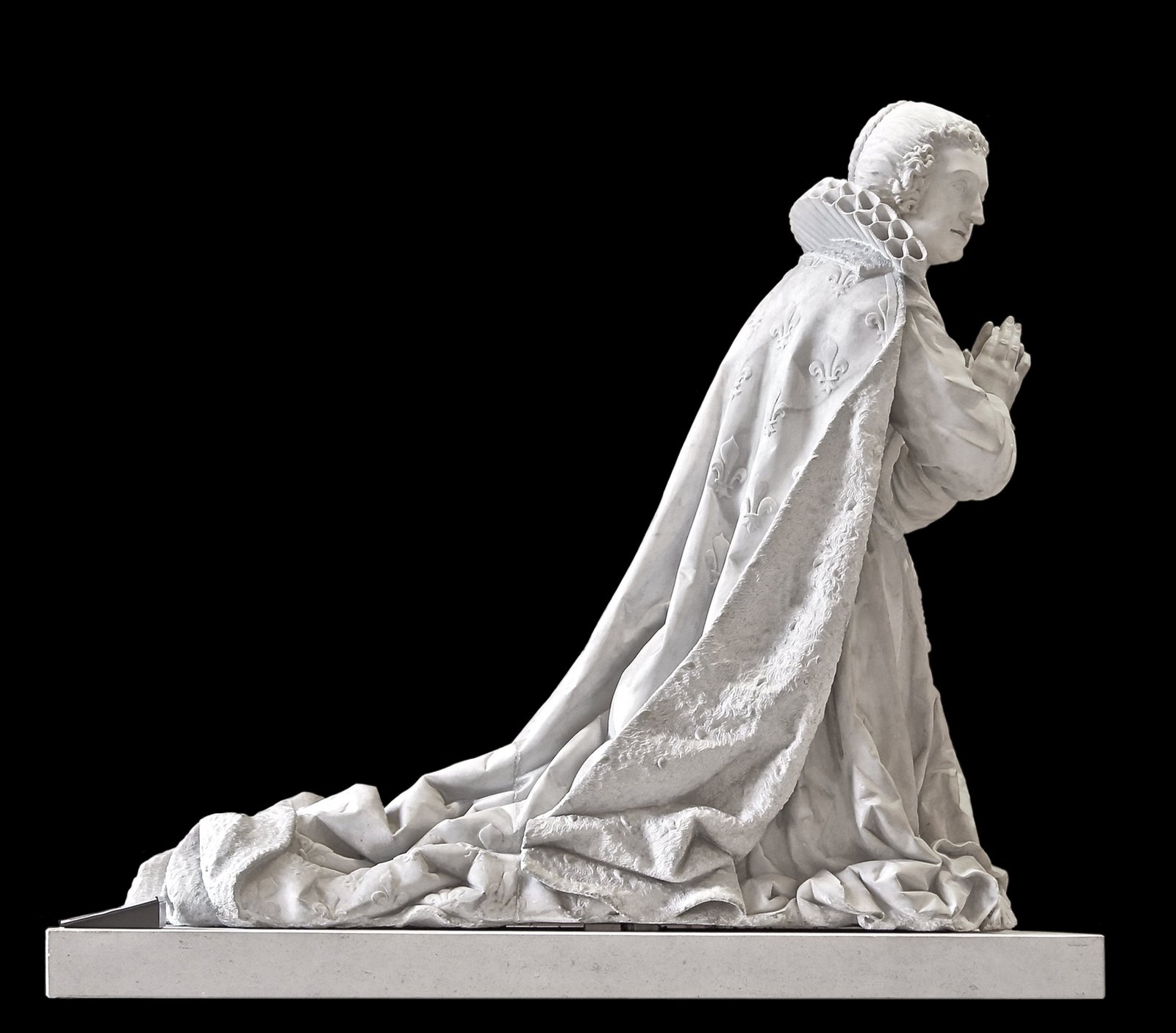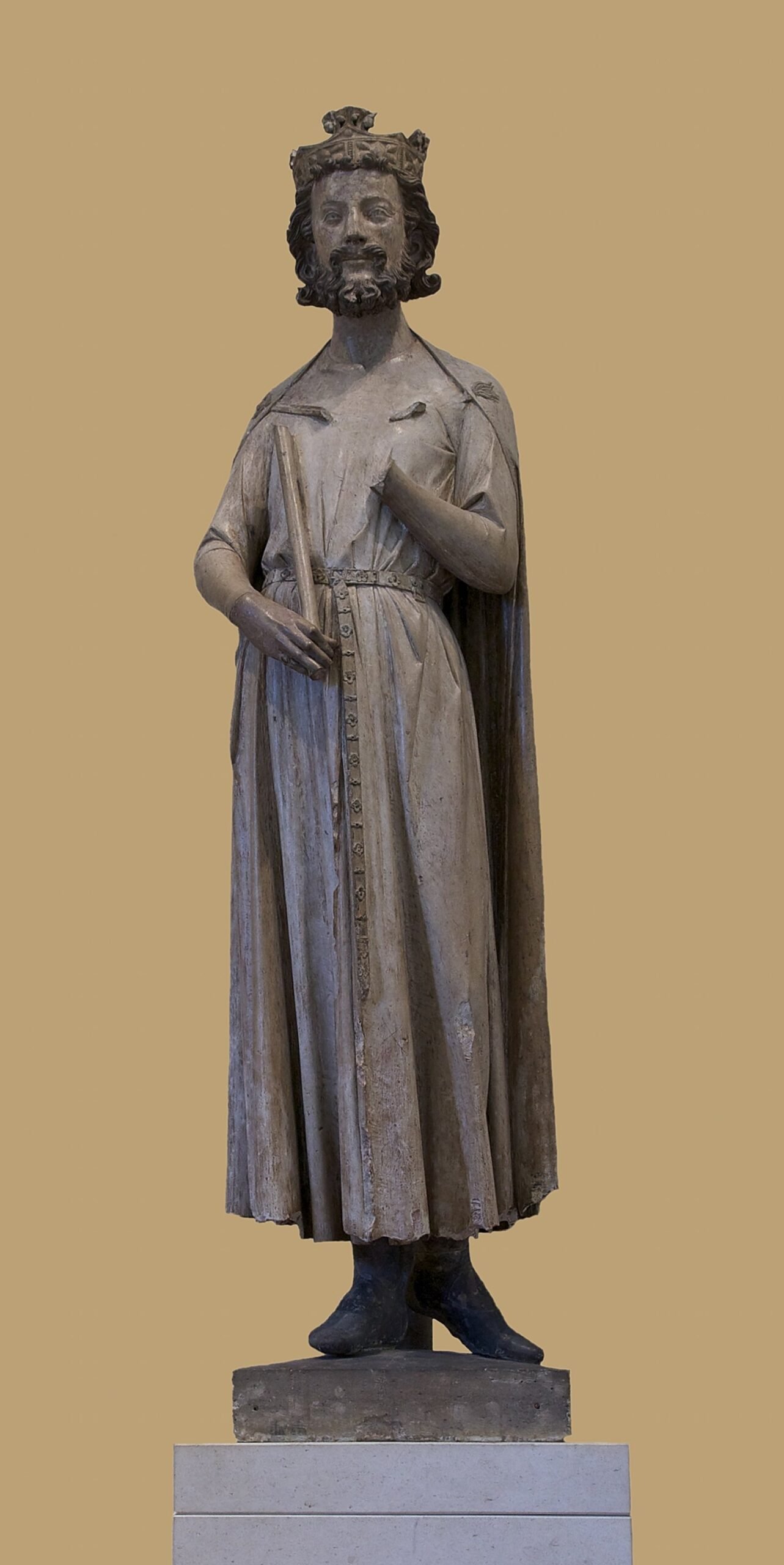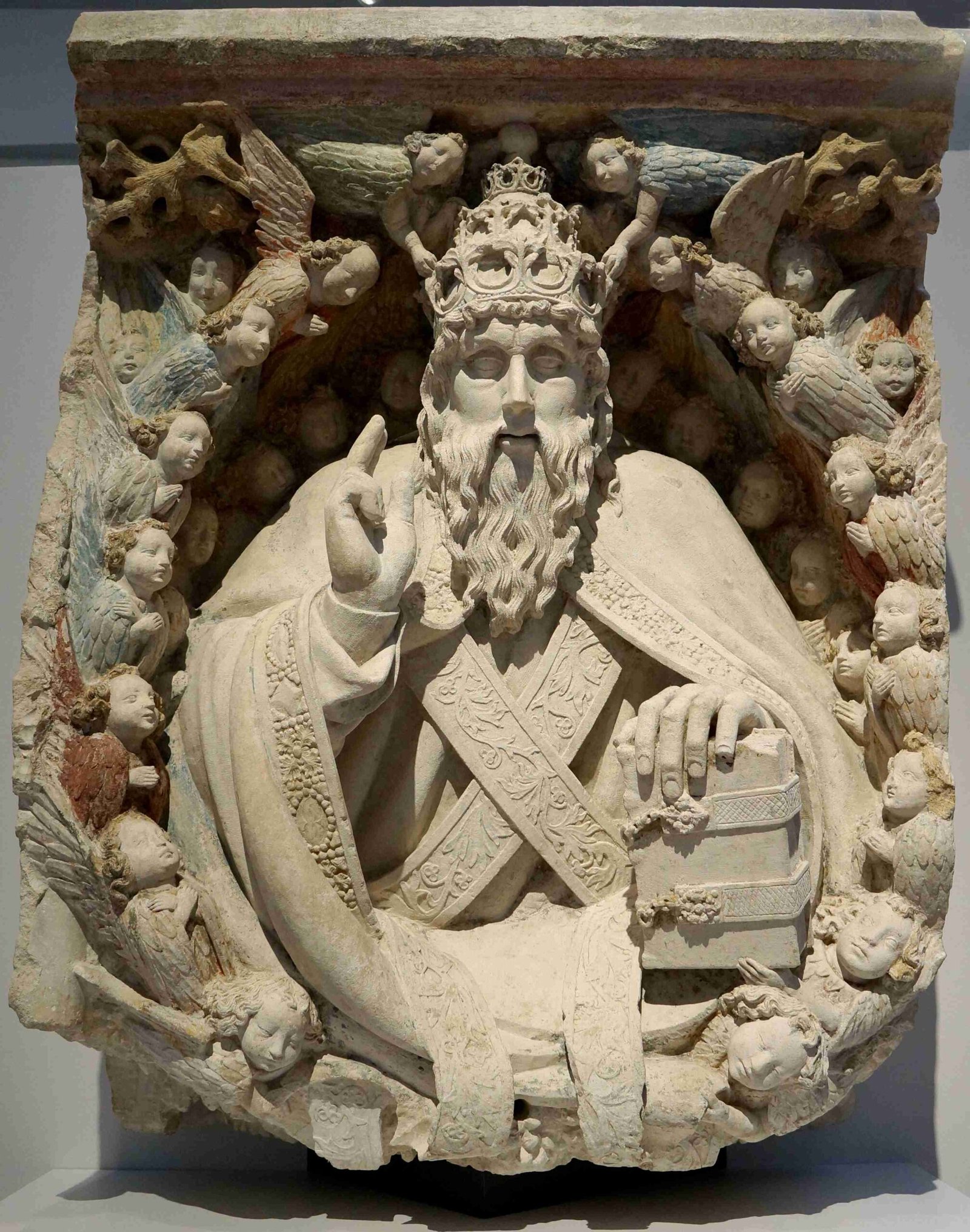The statue wings Louvre Museum refers to the iconic Winged Victory of Samothrace, a masterpiece of Hellenistic sculpture. This ancient Greek statue, dating back to 190 BCE, depicts Nike, the goddess of victory, with her wings dramatically outstretched. Located on the Daru staircase in the Louvre Museum, Paris, this marble sculpture stands as a testament to ancient artistry and naval triumph. Its dynamic pose and billowing drapery create an illusion of movement, captivating visitors with its timeless beauty and historical significance.
What is the Historical Significance of the Winged Victory of Samothrace?

The Winged Victory of Samothrace, also known as the Nike of Samothrace, holds immense historical and artistic significance:
- Origin: Created around 190 BCE during the Hellenistic period
- Discovery: Found on the Aegean island of Samothrace in 1863
- Purpose: Likely commissioned to commemorate a naval victory
- Artistic Innovation: Represents a pinnacle of Hellenistic sculptural achievement
This masterpiece embodies the expressive and dramatic style characteristic of Hellenistic art. Its creation coincides with a period of great naval battles and shifting power dynamics in the Mediterranean region, making it a symbol of triumph and divine favor.
How Does the Statue’s Design Contribute to Its Impact?

The design of the Winged Victory of Samothrace is a marvel of ancient sculptural technique:
- Pose: The goddess is depicted alighting on the prow of a ship, creating a sense of dynamic movement
- Drapery: Intricately carved fabric appears to cling to the body and billow in the wind
- Wings: Large, outstretched wings add drama and reinforce the theme of victory
- Material: Crafted from Parian marble, known for its fine grain and translucent quality
- Scale: Standing at 2.75 meters (9 ft) tall, the statue commands attention
The sculptor’s mastery is evident in the way the statue seems to defy its stone medium, creating an illusion of lightness and motion. This effect is achieved through the careful manipulation of the marble to suggest different textures and the interplay of light and shadow across the surface.
Where Exactly Can Visitors Find the Statue in the Louvre?
The Winged Victory of Samothrace occupies a place of honor in the Louvre Museum:
| Location Details | Description |
|---|---|
| Department | Greek, Etruscan, and Roman Antiquities |
| Specific Location | Daru Staircase (Escalier Daru) |
| Floor | First floor |
| Room Number | Room 703 |
This strategic placement allows visitors to appreciate the statue from multiple angles as they ascend or descend the staircase. The elevated position and surrounding space enhance the statue’s imposing presence and allow for a comprehensive viewing experience.
What Are the Unique Features of the Statue’s Wings?
The wings of the Winged Victory of Samothrace are a defining feature of the sculpture:
- Size: Impressively large, spanning the width of the statue
- Positioning: Stretched dramatically behind the figure
- Detail: Intricately carved to suggest individual feathers
- Attachment: Inserted into slots on the goddess’s back for support
- Asymmetry: The right wing is a modern replica, while the left is original
The wings not only serve an aesthetic purpose but also play a crucial role in the statue’s overall composition. They create a sense of balance and movement, contributing to the dynamic nature of the piece.
How Has the Statue Been Preserved and Restored?
The preservation and restoration of the Winged Victory of Samothrace have been ongoing processes:
- Discovery State: Found in fragments in 1863
- Initial Reconstruction: Assembled and displayed in the Louvre in 1884
- Missing Elements: Head and arms remain lost
- Recent Restoration: Underwent extensive cleaning and conservation from 2013 to 2014
- Technological Aids: 3D scanning and modeling used to study and preserve the statue
Conservators have taken great care to maintain the integrity of the original sculpture while ensuring its stability and visibility for future generations. The decision not to recreate missing parts reflects a commitment to authenticity in presentation.
What Impact Has the Statue Had on Art and Culture?
The Winged Victory of Samothrace has left an indelible mark on art and culture:
- Inspiration for countless artists and sculptors
- Featured in numerous books, films, and documentaries
- Reproduced in various forms, from miniatures to full-scale replicas
- Symbol of triumph and achievement in popular culture
- Subject of extensive academic study and artistic analysis
Its influence extends beyond the realm of ancient art, serving as a touchstone for discussions on beauty, victory, and the power of sculptural form. The statue’s ability to evoke emotion and awe has ensured its place as one of the most recognized and beloved artworks in the world.
How Can Visitors Best Experience the Statue at the Louvre?
To fully appreciate the Winged Victory of Samothrace, visitors should consider the following:
- Timing: Visit during less crowded hours for a more intimate experience
- Viewing Angles: Take time to observe the statue from different positions on the staircase
- Guided Tours: Join a Louvre tour that includes detailed information about the sculpture
- Audio Guide: Utilize the museum’s audio guide for in-depth historical context
- Photography: Check current museum policies regarding photography of the statue
- Reflection: Spend time contemplating the statue’s details and overall impact
By approaching the statue with patience and curiosity, visitors can gain a deeper appreciation for its artistry and historical significance.
What Are Some Lesser-Known Facts About the Winged Victory of Samothrace?
Here are some intriguing facts about the statue that many visitors might not know:
- The statue originally stood on a marble ship’s prow, recreated in the Louvre display
- It’s believed to have been part of an outdoor theater on the island of Samothrace
- The right hand of Nike, discovered in 1950, is displayed separately near the statue
- The sculpture’s base incorporates actual ship timber from ancient times
- Despite its fame, the identity of the sculptor remains a mystery
These details add layers of fascination to an already captivating work of art, encouraging visitors to look closer and learn more about its rich history.
The Winged Victory of Samothrace stands as a testament to the enduring power of ancient Greek art. Its presence in the Louvre Museum ensures that millions of visitors each year can experience the awe-inspiring beauty and historical significance of this masterpiece. As one of the most celebrated sculptures in the world, it continues to inspire, educate, and captivate audiences, bridging the gap between the ancient world and our modern era.

